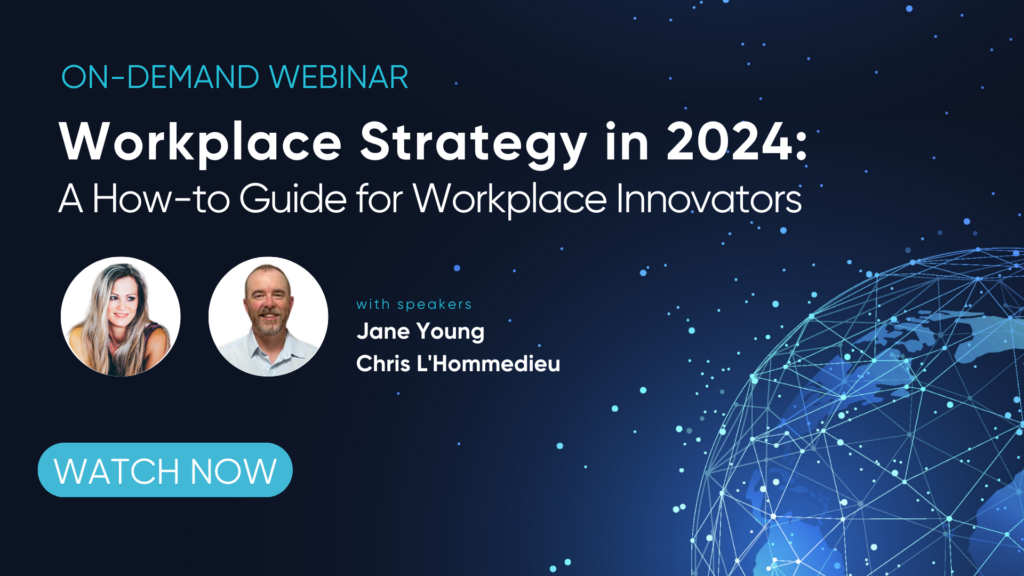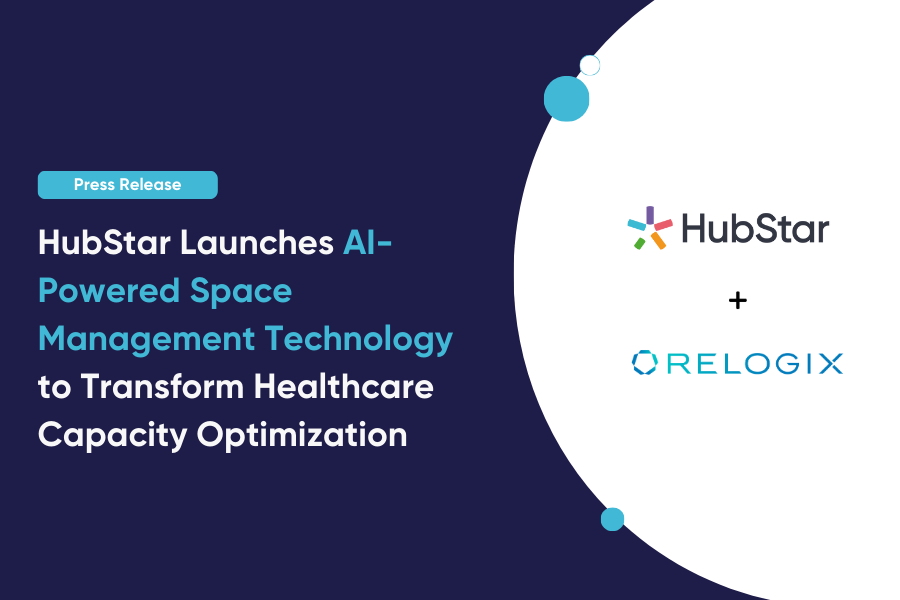3 Things Destroying Social Connection in Your Hybrid Workplace

Contents
Social connection in the workplace – it’s why we all need to be in the office, according to CEOs whose return-to-office mandates are making headlines.
“There’s more energy, collaboration and connection happening since we’ve been working together at least three days per week,” said an Amazon spokesperson after the company’s contentious back to the office announcement last year.
But when we look at the bigger picture, some troubling trends emerge.
There’s increasing evidence that return-to-office mandates are failing worldwide and have no impact on office attendance.
Research has also shown that engagement levels and workplace experience scores plummet after mandates are issued.
And despite the forced water-cooler time, the social connection happening in the workplace isn’t the kind workplace leaders actually want to see.
So what’s going wrong here?
A lack of social connection in the workplace harms organizational performance.
But most importantly, it’s making people anxious, stressed and ill.
Hybrid workplace leaders have a massive opportunity to turn things around. Not only because social connection powers better businesses, but because it’s the morally right thing to do.
In this post we’ll cover three things that destroy social connection in hybrid workplaces.
1) Remote work inertia
For the last three days, you’ve ejected yourself from bed at exactly 8:58 AM despite setting your alarm for 7. You launch yourself into your desk chair like a ballistic missile and reply to a few emails before running into the kitchen for coffee, still in your pyjamas. You know you’ll be in your jammies for the next few hours, until you have to change into your business casual shirt for that meeting.
You know this can’t continue. You feel like you’re just going through the motions.
So you promise yourself there will be absolutely no alarm snoozes tomorrow, and you’ll go straight to the office, where you’ll feel like a functioning member of society and finally tackle that project you’ve been putting off for ages.
Later that night, the commute looms heavily in your mind. You’ll also need to book yourself a desk and a meeting room, which entails scrolling through hundreds of different options on your company booking system and choosing the “right” one. Your work bestie also drops you a message that they’re planning on going in next Tuesday, not tomorrow.
That seals the deal.
“I’ll see what I feel like doing when I get up at 7,” you promise yourself. But when 7 rolls around all you feel like doing is getting another hour and 58 minutes of shut-eye.
And so the cycle repeats again. You’re starting to feel like a hamster on a wheel. You’ve been working this way since time immemorial.
This cycle of remote work inertia doesn’t come down to a lack of willpower.
It comes down to two things:
- The lack of a compelling event to make people want to come in, and
- Excessive friction that makes planning a day in the office a huge pain
A compelling event could be your entire team coming in, a quarterly meeting, or an after work happy hour.
Excessive friction is the extra time and effort it takes to plan a day in the office, as well as the potential disappointment people might experience if the work environment isn’t what they expected.
Remote work inertia as the default can destroy social connection in the workplace. It takes 50 hours to transform a relationship from acquaintances to friends, and a further 200 hours to become close friends – the exact type of relationship that boosts engagement and job satisfaction.
And while social connection can be built online, it doesn’t impact us in quite the same way as in-person does.
In a poll of over 17,000 people, Gallup found that while all forms of socializing are a mood booster, people’s moods dropped after 25% of the time they spent socializing online.
So while any form of social connection does us good, connecting in-person creates the kinds of relationships most beneficial to employee wellbeing and performance.
2) A workplace experience that’s not worth the commute
So is the answer to the connection problem getting everyone back in the office three days a week or more?
Absolutely not.
Physical presence alone isn’t nearly enough to create the right conditions for people to build connections.
That comes down to the workplace experience people are having once they come into the office. Because that’s what creates the ideal conditions for connection building to actually happen.
If everyone spends the day immensely regretting the commute and wistfully thinking how they could be just as productive working from home, they’re not going to be chomping at the bit to have a good chat and a brainstorm.
Getting employees to give up the convenience of working from home is a huge ask.
If people follow through and immediately regret it as soon as they walk in the door, you’ll get disconnection and resent, not connection and collaboration.
Commute regret happens for different reasons because every individual employee has different habits, preferences and objectives when they come into the office.
Two of the most common commute regret scenarios are:
- Opening the door to a ghost town. You’ve chosen the wrong day. None of your friends and colleagues have decided to come in, so you’re working alone in an empty room – just the same as you’d be doing at home
- Opening the door to a cacophony of conversation because everyone has come in. You still don’t get to sit near your colleagues or work bestie, and the guy in the cubicle next door is giving you a running commentary on ticking off his to-do list. Someone’s stolen the meeting room you booked and refuses to leave, and there’s no soundproof office pods you can lock yourself into to actually get some work done
What makes it difficult to repair a shoddy workplace experience is that there are so many different things that must be done behind the scenes and come together perfectly. Without pulling them off, workplace experience won’t set the stage for the right types of connection to happen.
And in the worst case scenario, a workplace experience could be so off putting that it prevents connections from occurring, just like remote work inertia does.
3) Lacking the data to create an adaptable hybrid work strategy
Rebuilding social connection requires an adaptable hybrid work strategy.
This isn’t going to be a piecemeal, one-and-done endeavour, though, because here’s the thing – a successful hybrid workplace strategy will require completely different things for different groups of employees. And then once you’ve figured out what it takes, everything will change.
And we haven’t even touched on all the other questions a hybrid work strategy should answer, like:
❓How many times a week should people come in?
❓How can we make sure everyone feels psychologically safe in the office so they’ll connect and share knowledge?
❓Should we sublease the fourth floor next year?
❓How can we be more sustainable?
❓Should we invest in fancy espresso machines? (The answer to this one should always be yes)
The answers to each of these questions (save the last one) are going to change too. And to create a hybrid work strategy that can handle this level of change, workplace leaders and innovators are missing one thing.
Data.
Specifically, data about how spaces in the workplace are being used. 94% of corporate real estate leaders report that they’re not doing a sufficient job of gathering data about how workspaces are used.
Without enough data, workplace leaders are building their hybrid work strategies on the sand, and then have no way to measure the success of their strategies once they’re rolled out.
Unfortunately, when your hybrid work strategy stalls, remote work inertia and regret-inducing workplace experiences are likely to happen – and destroy social connection in the process.
So why do workplace leaders lack the right data to create a hybrid workplace strategy that adapts to constant change?
For the answers, plus how to overcome remote work inertia and create commute-worthy experiences, check out this on-demand webinar!





